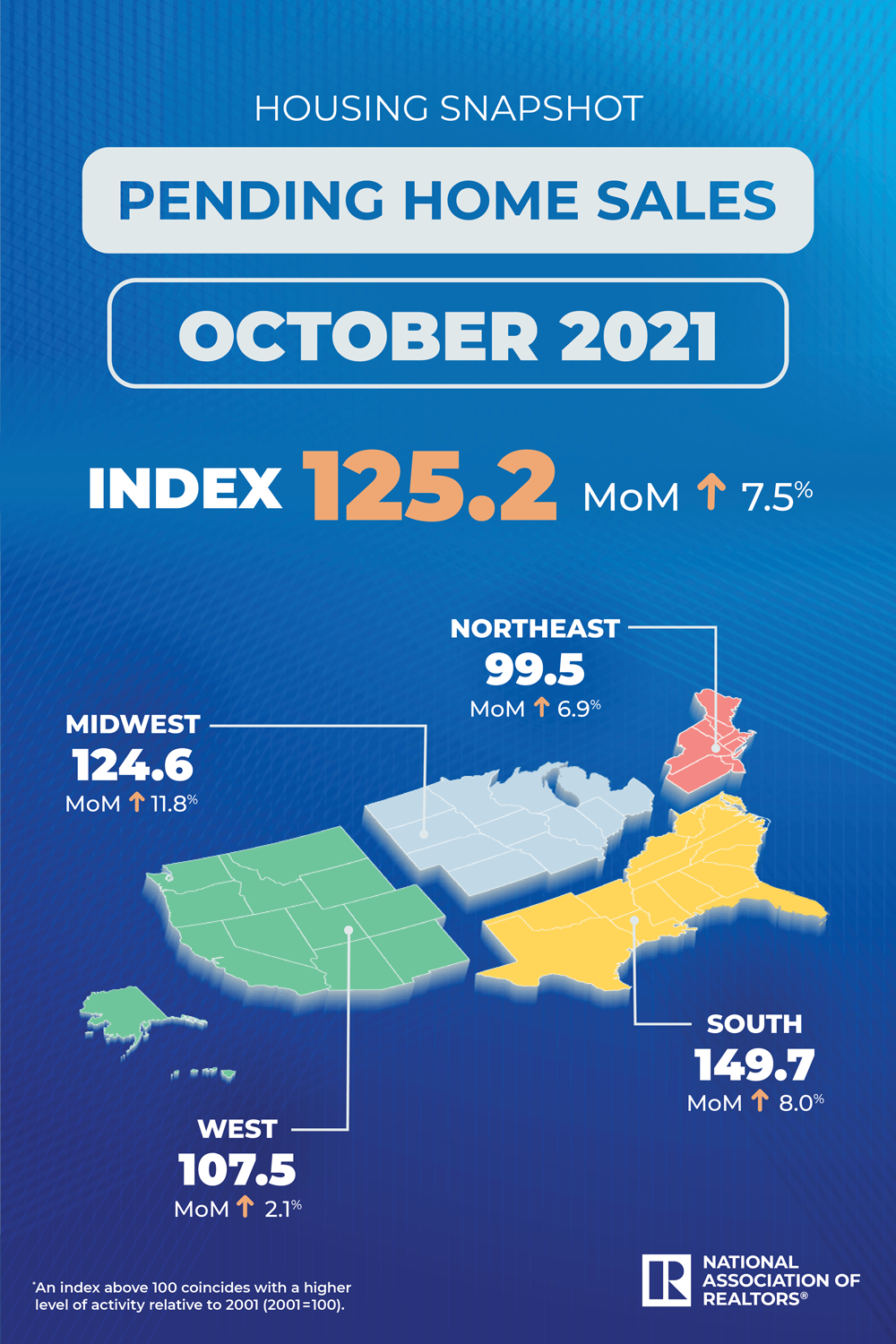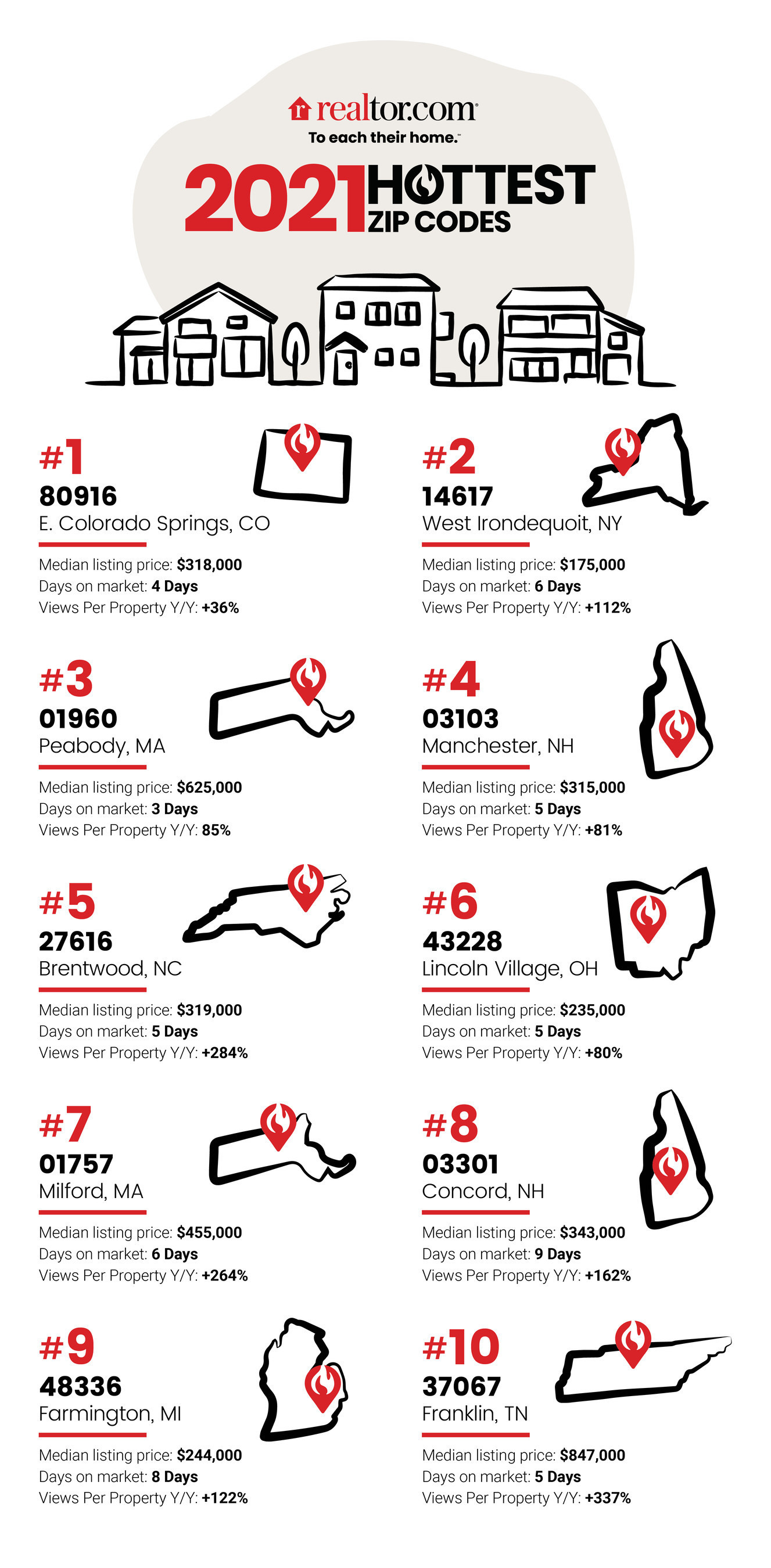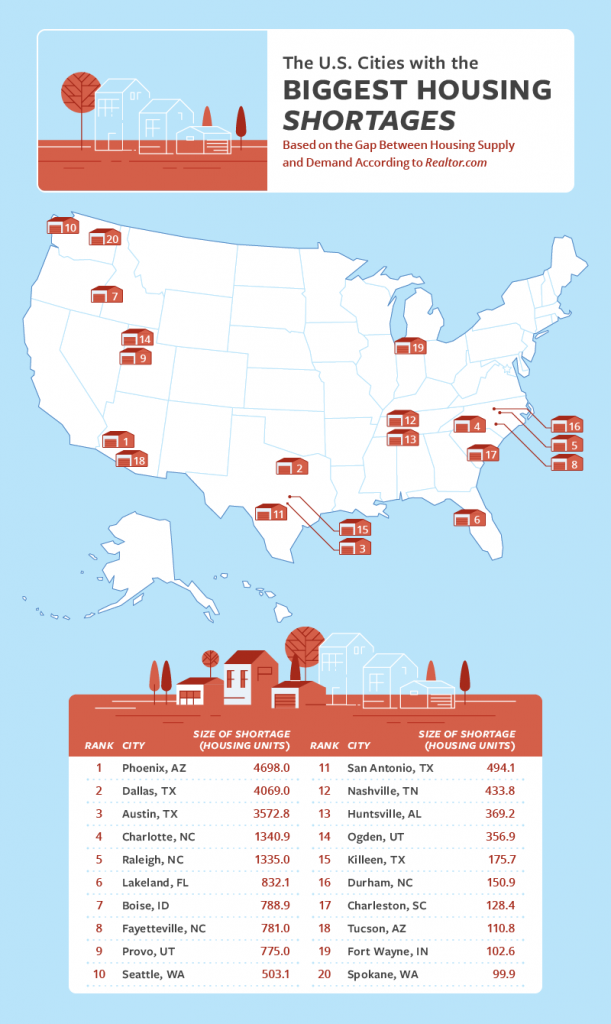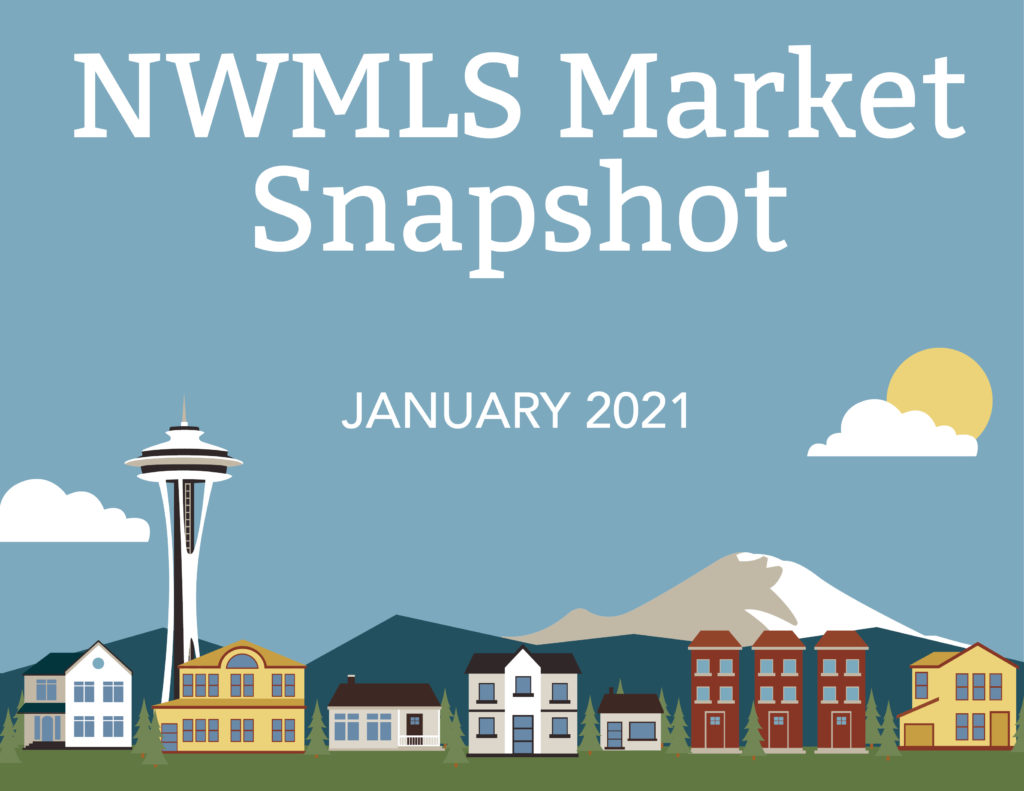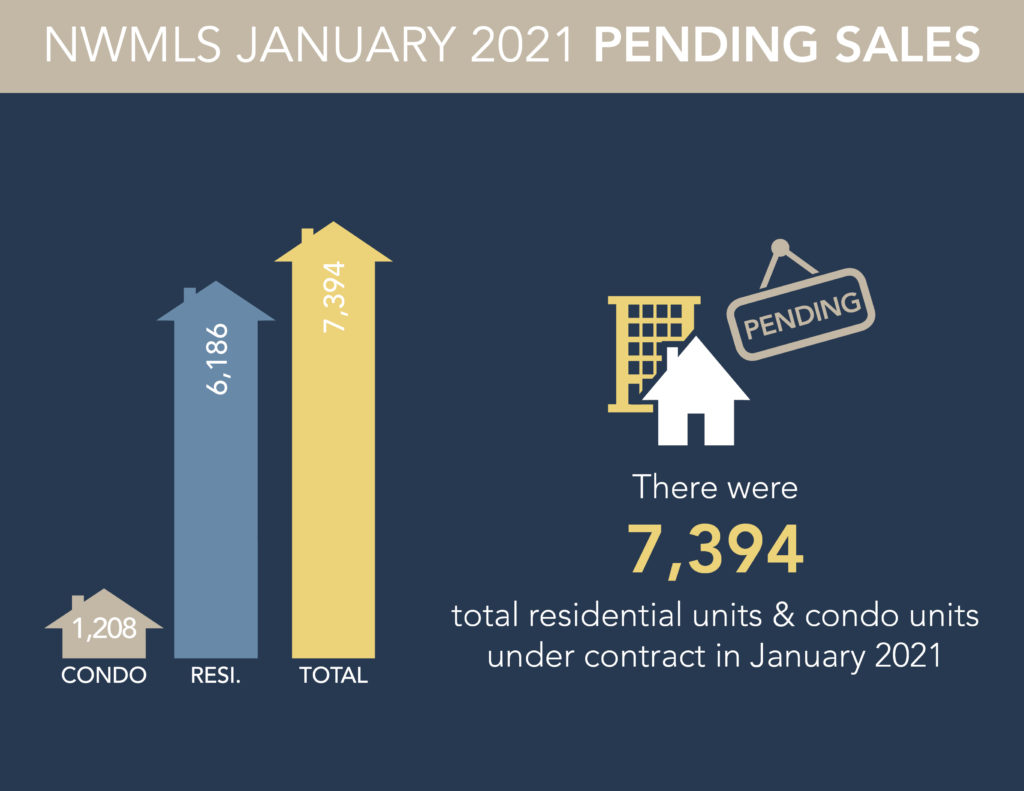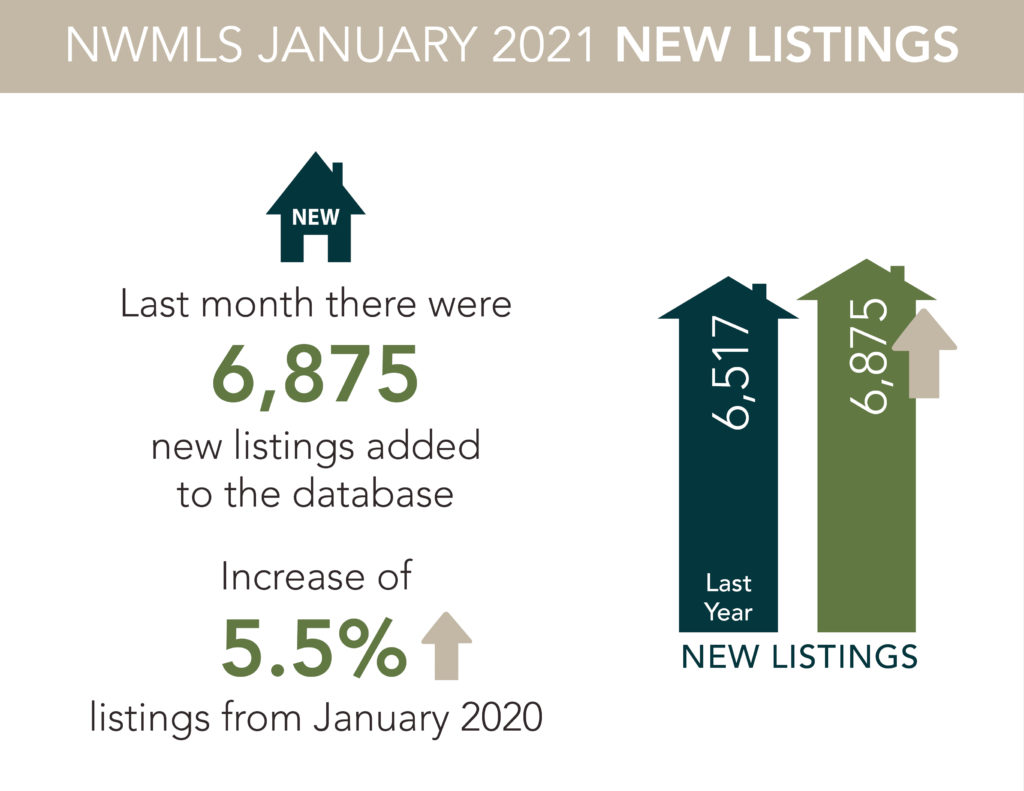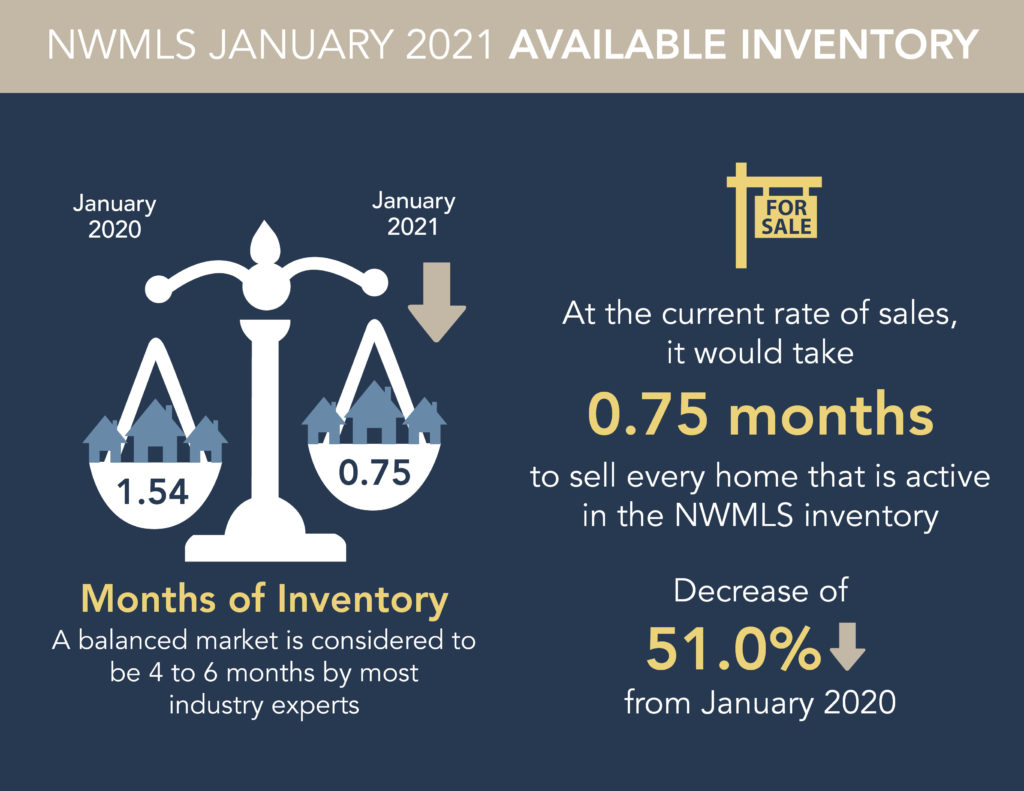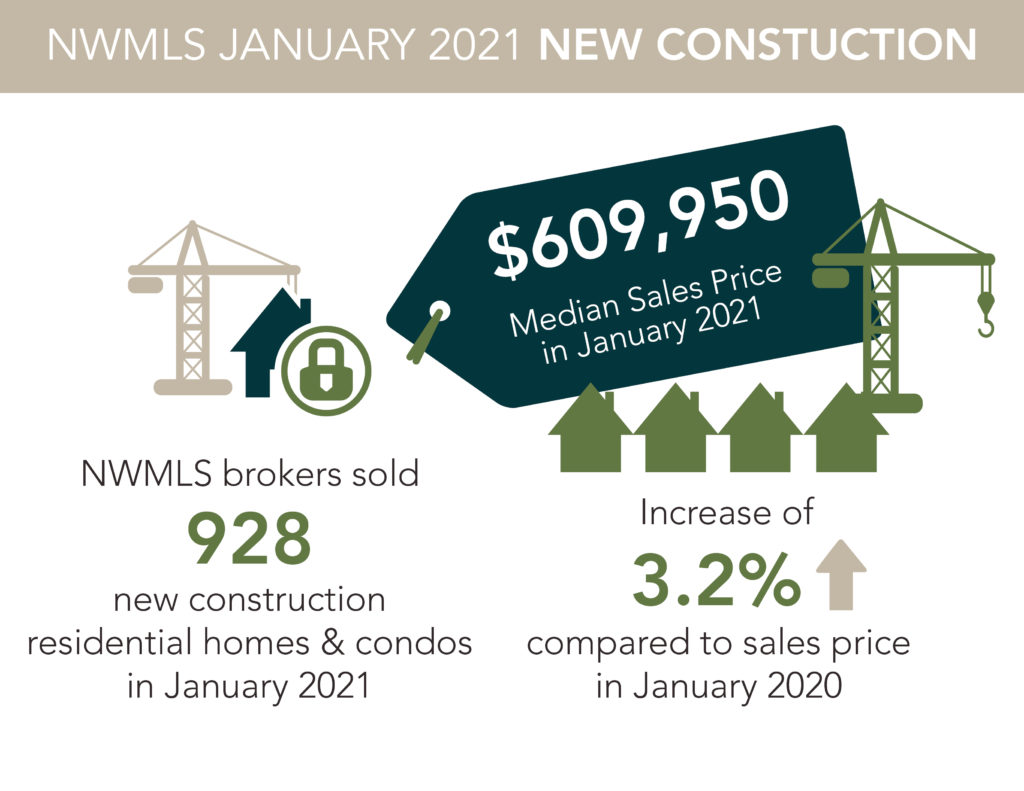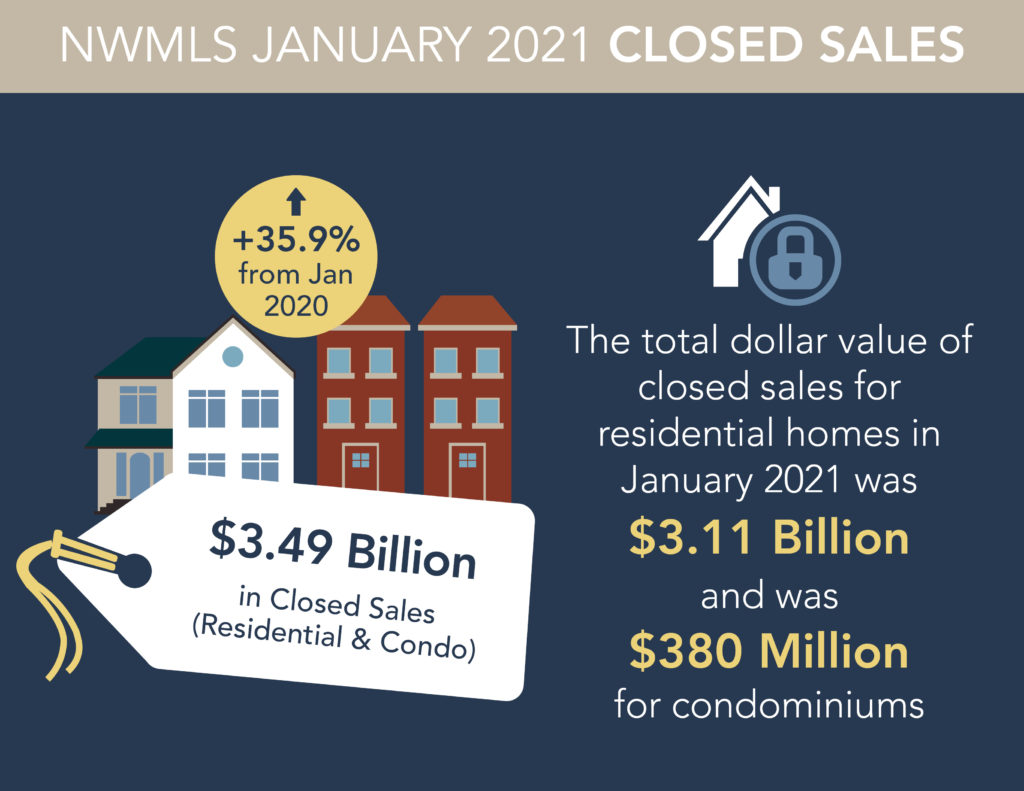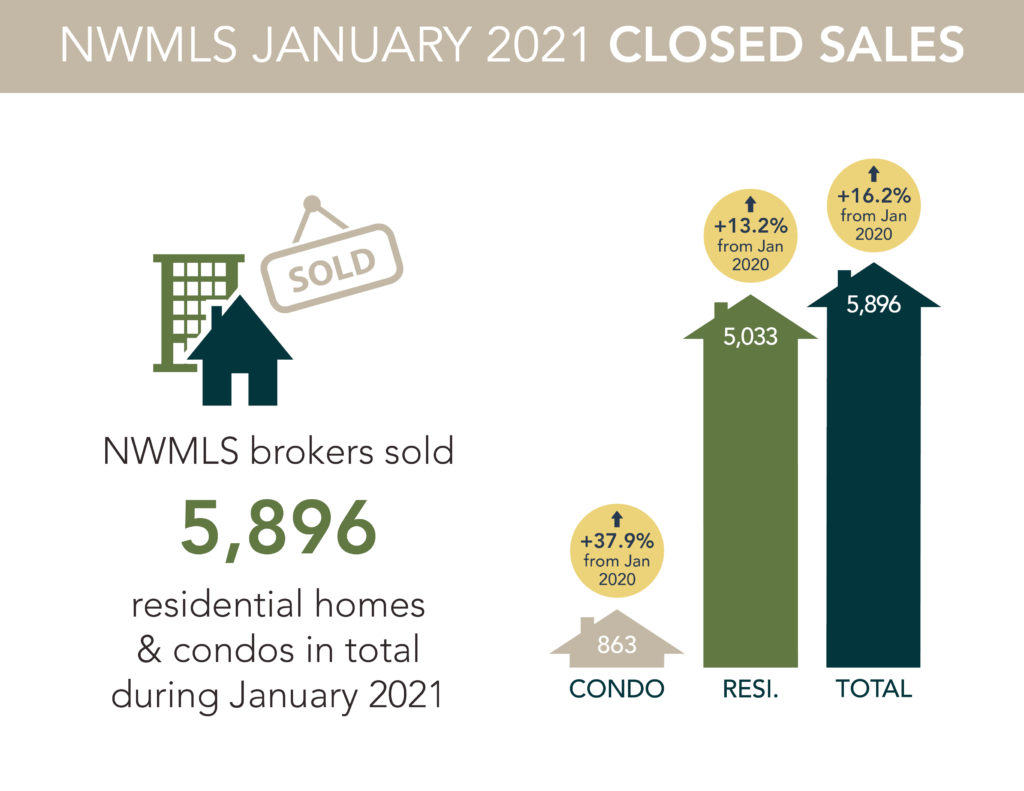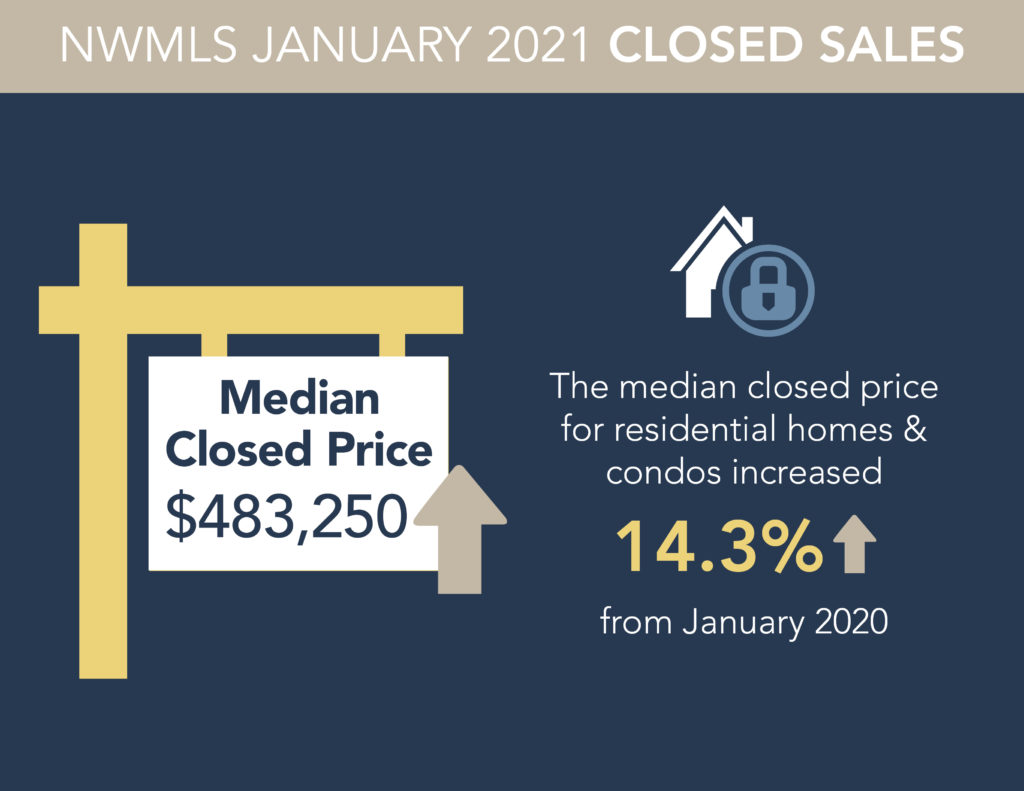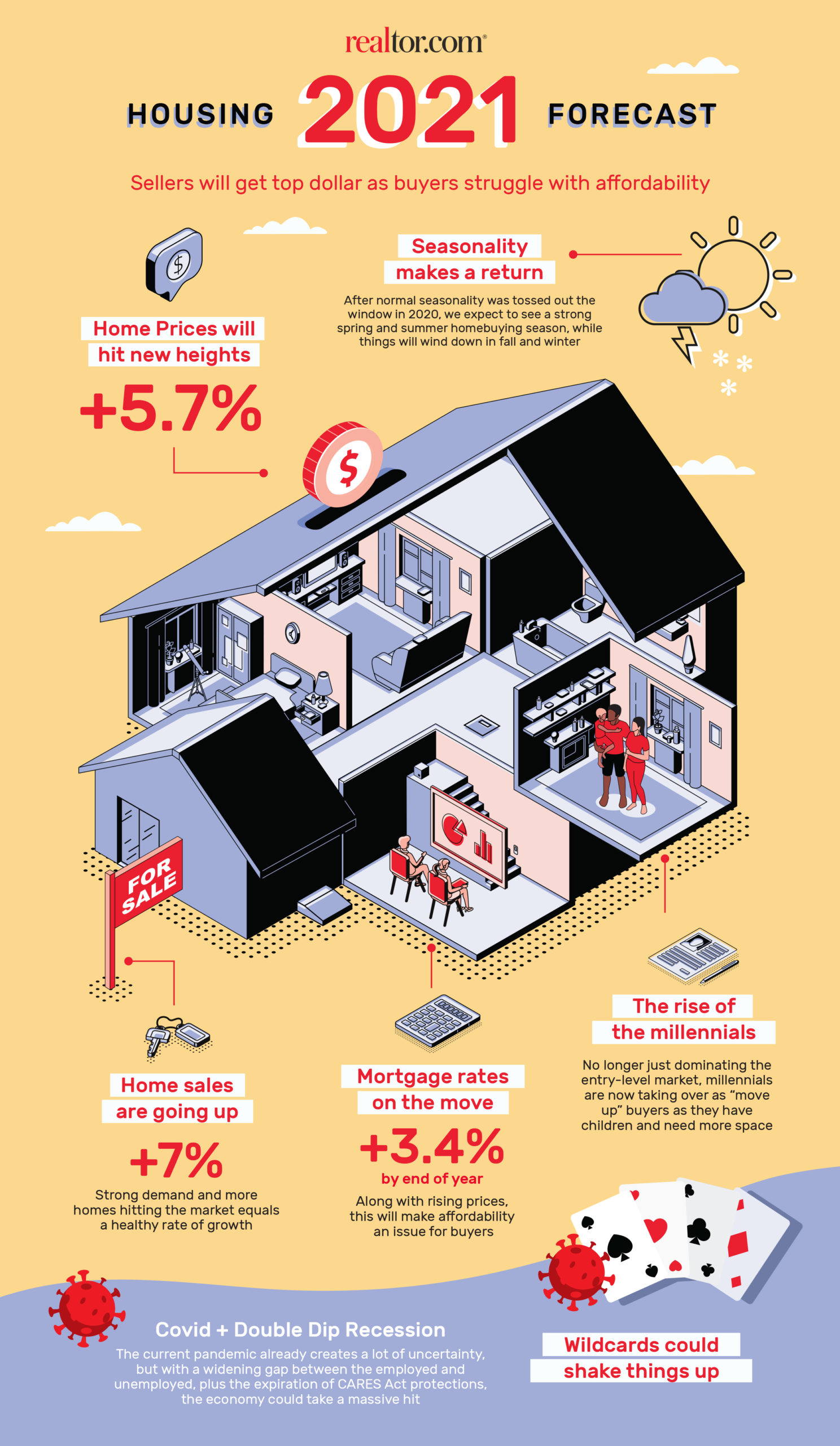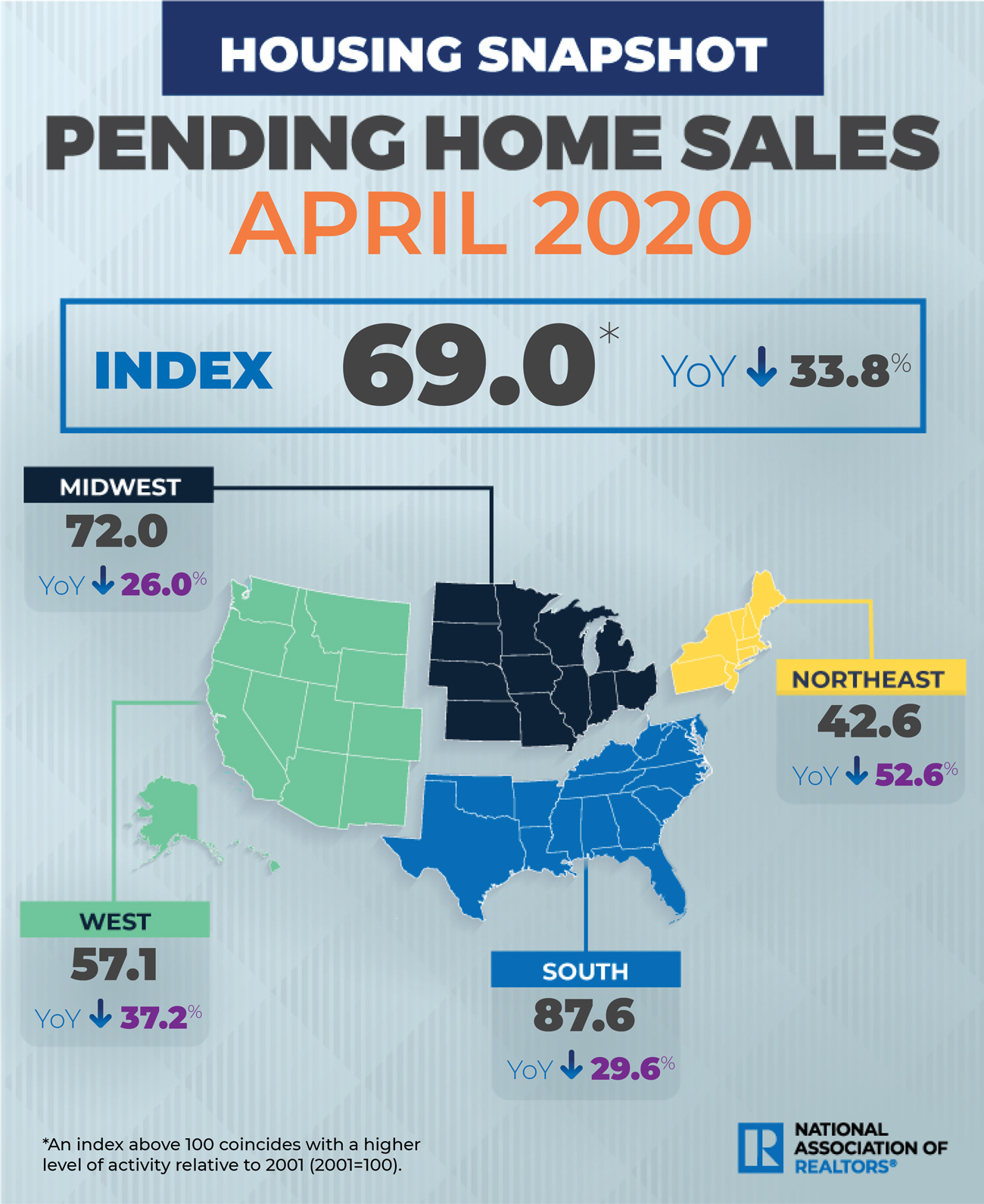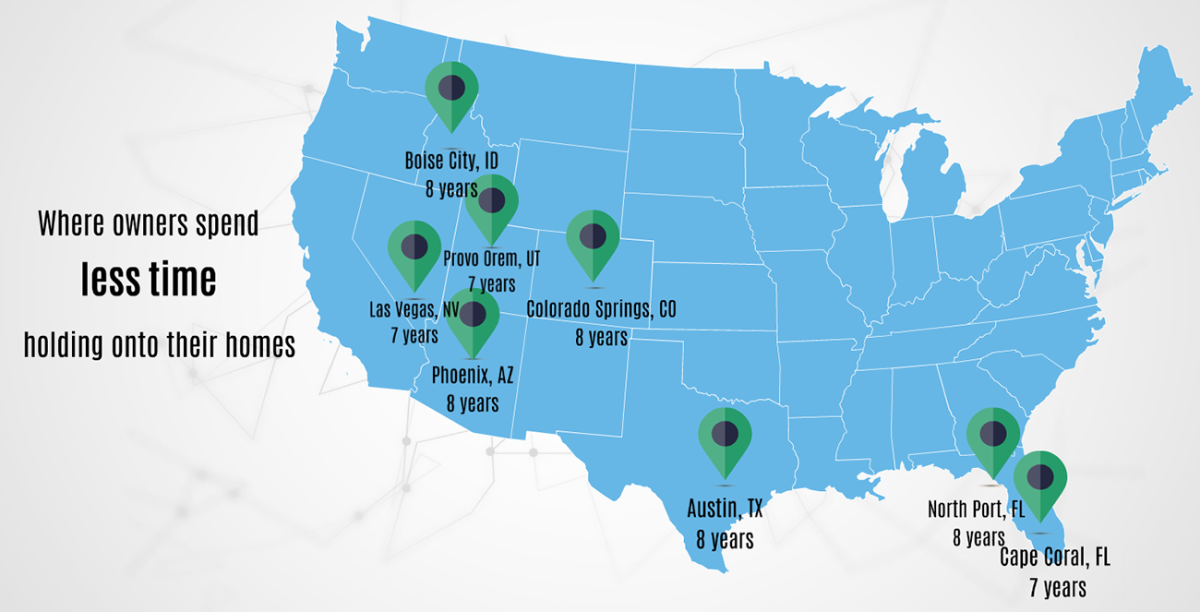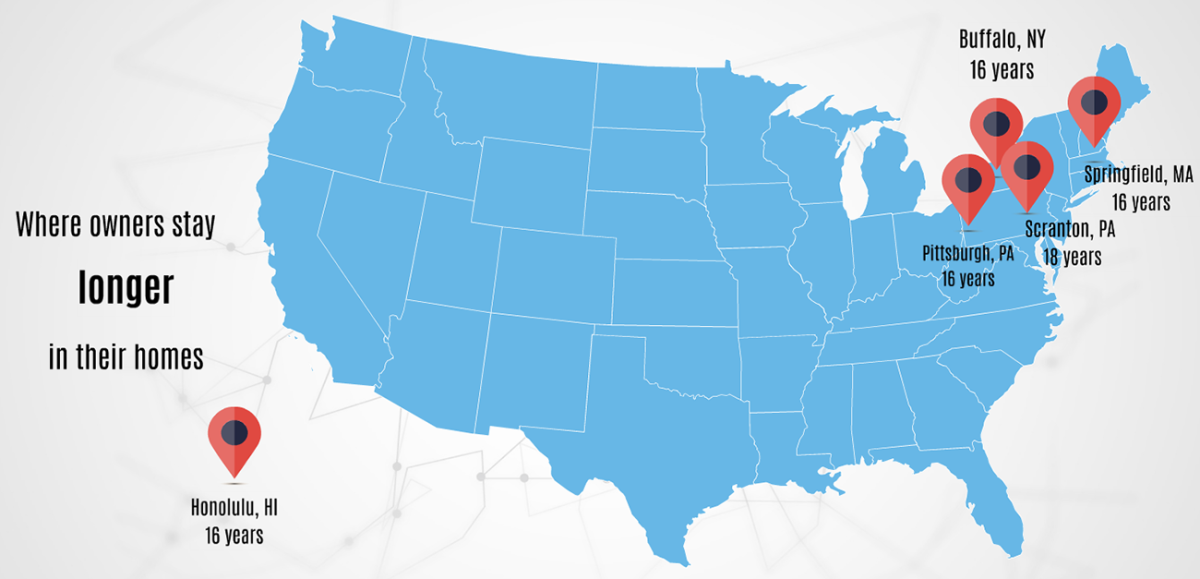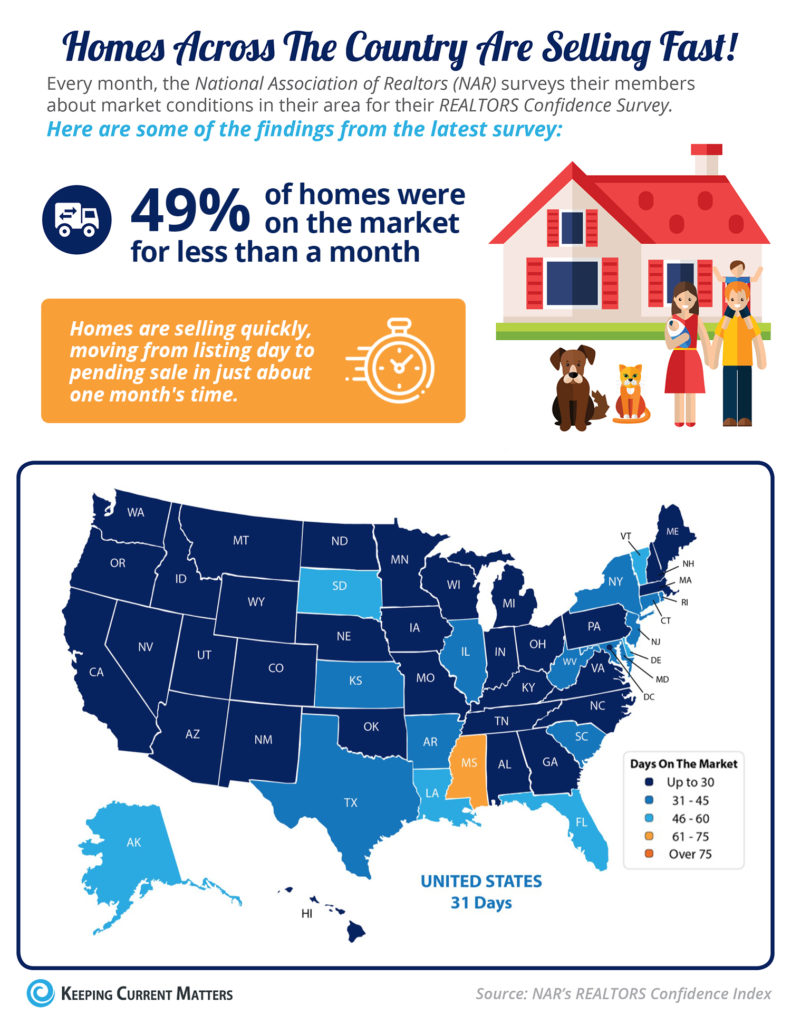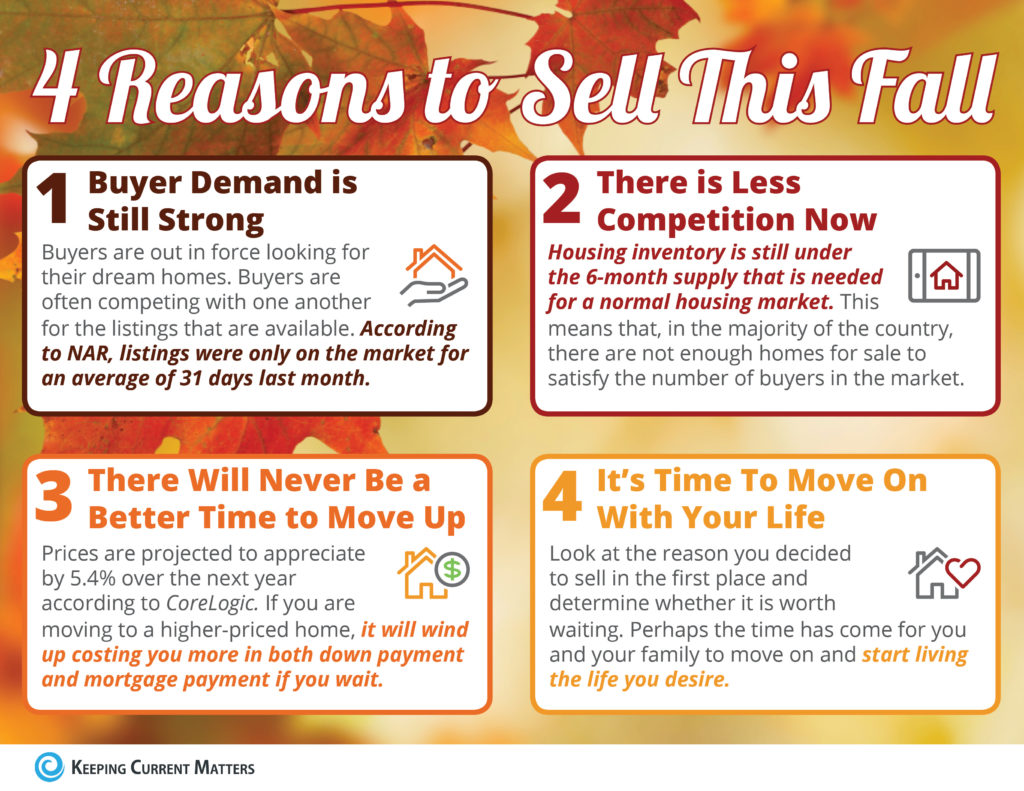Contract signings climbed 7.5% in October, and home sales for 2021 are on pace to hit a 15-year high, the National Association of REALTORS® reported Monday. Pending home sales rebounded after a decline in September.
Despite rising mortgage rates, home buyers appear undeterred by higher financing costs and home prices. Contract activity increased month over month in all four major regions of the U.S. NAR’s Pending Home Sales Index is a forward-looking indicator of home sales based on contract signings.
“Motivated by fast-rising rents and the anticipated increase in mortgage rates, consumers that are on strong financial footing are signing contracts to purchase a home sooner rather than later,” says Lawrence Yun, NAR’s chief economist. “This solid buying is a testament to demand still being relatively high, as it is occurring during a time when inventory is still markedly low.”
Yun notes that the gain in October assures that total existing-home sales in 2021 will exceed 6 million. That will mark the top performance in home sales in 15 years, Yun says.
He does forecast, however, home prices will increase at a “gentler pace” over the next several months and expects demand to be milder as mortgage rates increase. The 30-year fixed-rate mortgage averaged 3.10% last week, up from a 2.72% average a year ago, Freddie Mac reports.
Last month, contract signings increased at the strongest pace in the Midwest and South regions. The Northeast increased 6.9% in October, but contract signings are still down 10% from a year ago. The Midwest saw contract signings climb 11.8% in October; pending home sales are up 5.1% from a year ago.
